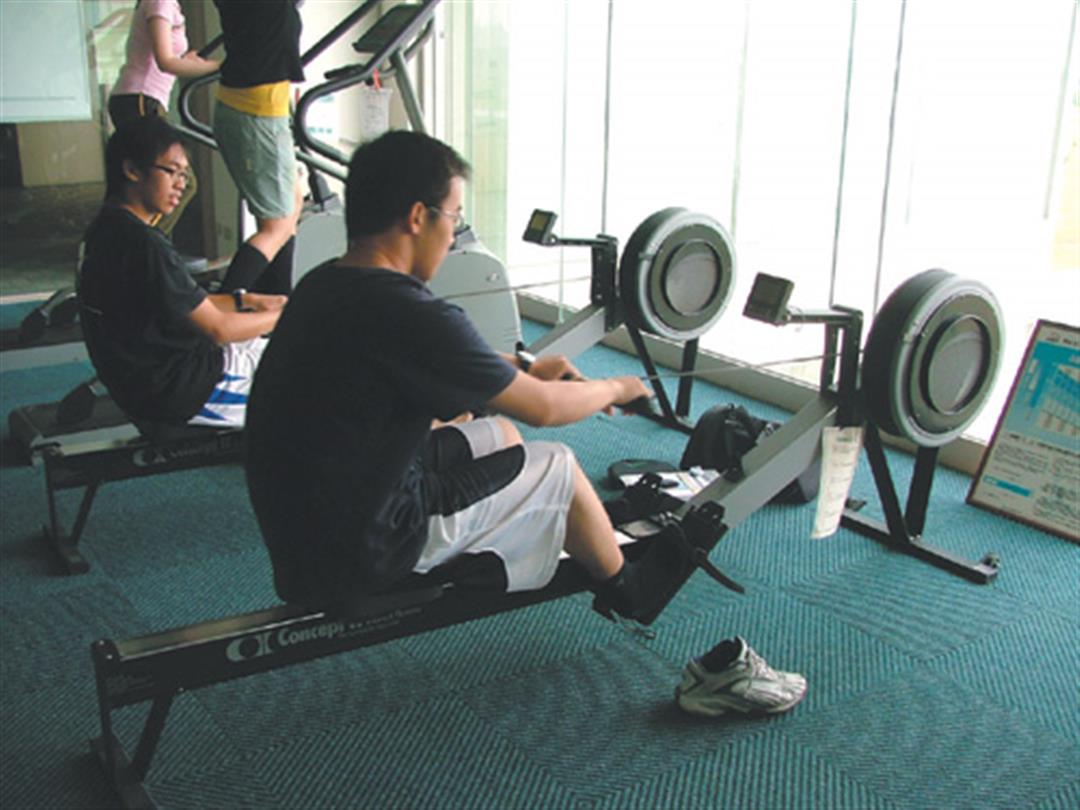The university transformed
But the trend toward technical-based departments that stress applied knowledge has also caused some to worry that the universities are becoming merely "institutions of professional development."
According to Wang Hsiou-huai's research, the vast majority (84%) of the new programs are oriented toward training practical skills, including in high-tech areas, management, engineering, design, media, environmental science, education, social work, tourism, and so forth.
Chen Der-hwa of the MOE argues that there is nothing wrong with this trend. He explains that in step with social and industrial change, the university has become an institution for cultivating employable talent. It has adjusted out of necessity. "There was more focus to knowledge in the past, whereas now there are all sorts of branches and sub-branches. It's an inevitable trend."
"Quantitative change has brought about qualitative change," says Tai Hsiou-hsia. Higher education's curricula have been changing. Fields once regarded as non-academic and unsuitable for the university have been absorbed into it, and all manner of new programs have been founded. Meanwhile, the traditional academic programs have had to adjust to reflect students' abilities, interests and career plans, so as not to become outdated and be cast aside.
While people have reservations about universities becoming excessively practice-oriented, paradoxically higher education is still not meeting industry's demand for skilled personnel.
Chen Der-hwa says straight out that although there have been rapid changes in higher education, with the founding of many new departments, connections with society at large have not been made tight enough or fast enough.
"Over the past few years the Ministry of Education has accommodated the trend toward university autonomy, giving individual institutions more flexibility and space," Chen says, "but it has discovered that it hasn't reaped big rewards." He sees the problem as being rooted in the fact that universities are organized around departments. Within any given department, instructors are typically cut from the same cloth. Without an infusion of new blood, even with a name change, the actual content of the program won't differ much from before.
Consequently, the MOE late last year revised the University Act, breaking up the department cages and allowing colleges to play the role of integrator, with cross-college, cross-department, and cross-institute programs. The intent is to enliven curricula that had become ossified.
"In future, students will be enrolled into colleges rather than departments, and will not declare a specialism in their freshman and sophomore years. Degrees will also be awarded according to program rather than department," foresees Chen. "As a result, departments will be completely reshuffled."

The growing numbers of programs in sports, health and leisure cultivate professionals in related fields. Collectively, they also comprise a whole new realm of higher education.